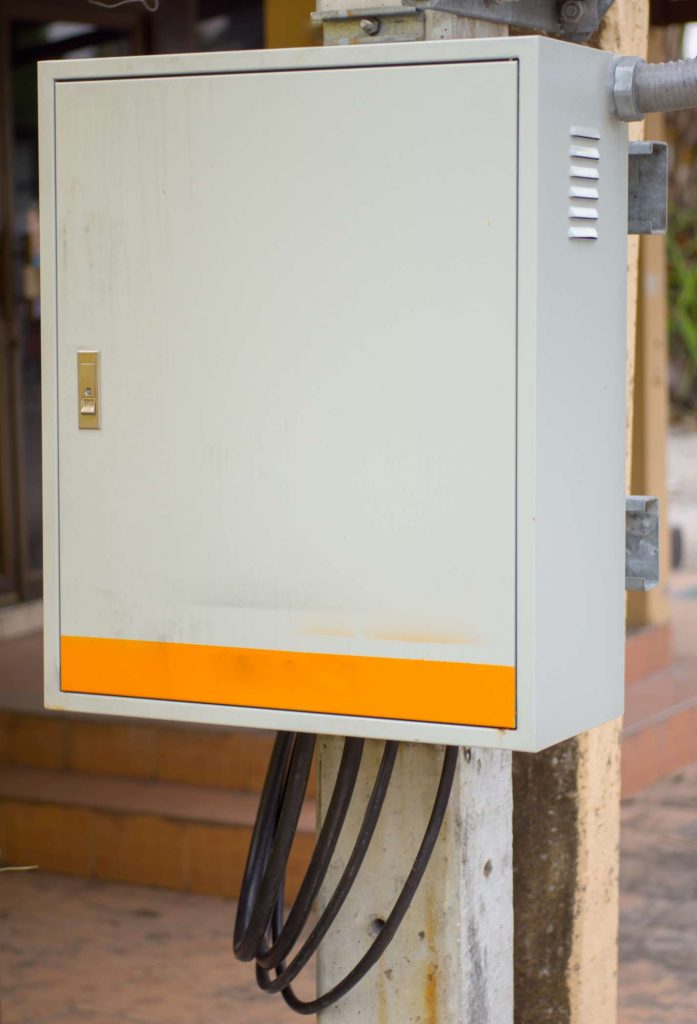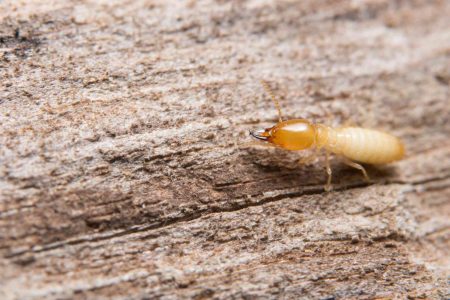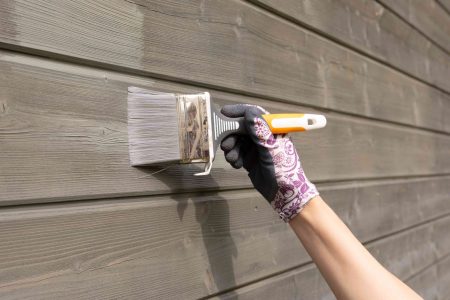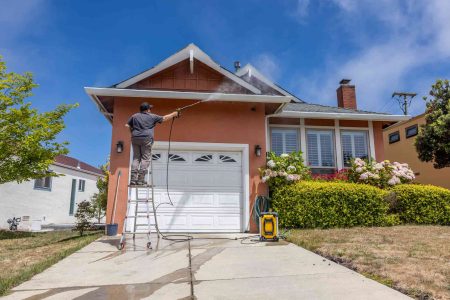Sometimes, an electrical box is needed on the outside of your home, garage, or building. For this reason, a special type of box and associated accessories must be used. Weatherproof boxes are the solution to achieving a weatherproof connection point outside. These boxes, when connected properly, seal out the weather without worry of moisture getting in and shorting out the connection.
Options
There are a couple of methods of connecting a receptacle on the outside of your home. One is to cut a regular junction box into the interior of the wall and only expose the box opening to the outside. Then, after you add a ground fault circuit interrupter outlet, cover the outlet with a gasket and a cover plate to seal the connection to the wall.
Another method is to attach a weatherproof box to the wall using the mounting brackets provided within the box and a couple of screws to attach it firmly to the wall. These mounts are external, so there are no holes in the interior of the box. This eliminates the possibility of moisture getting into the box.
Manufacturing Variations
Electrical boxes come in standard and deep depth to allow for wiring, and its connections and can be made of metal or plastic. Each has its benefits and drawbacks, but generally, metal boxes are the choice of the average electrician. You will use the metal electrical boxes in combination with a metal drywall ring to complete the installation. Plastic boxes have some options as well, but generally, you need no rings; just mount and install the wire. They are, however, more fragile than the metal boxes, so keep that in mind when purchasing electrical boxes.
Ceiling type electrical boxes are a breed of their own. Now, you can use a pancake box that is a round, thin box that screws right to a ceiling joist, or a regular metal box with a plaster ring. Add a heavy light, and you will need a special box that is rated to hold and support the fixture.
There are also special boxes that must be used when installing a ceiling fan. There are bar-supported boxes that can be installed before drywall or even as a renovation project. They allow a safe and secure installation built to handle the vibrations and motion of a ceiling fan, not to mention the weight.
Cover Plate for Extension Cords
The two previous options are great for keeping the weather out of the outlet when nothing is plugged in, but what about when there is something plugged into the outlet and it is raining? Can you only use the outlet when it is dry outside?
There is a much better way to solve this problem. In this case, flip-up covers are a great option for installing extension cords to an outside outlet. These covers are designed with a deep lid and grooves in the bottom of the lid so that extension cords can run out the bottom of the lid without having the lid open, exposing the outlet to the weather. These plastic covers are pretty durable and usually come in a clear or smoke-colored lid.
There are many different types of boxes on the market, but they are divided into two simple categories:
- For a new installation, like in new homes
- For remodels
Read the full article here














